Why Your Favorite Jewelers Are Going All in on Bright, Bold, Colorful Gemstones

Martin Katz was on a mission. It was the last Tuesday in January and the Beverly Hills jeweler was at LAX, getting ready to board a morning flight to Tucson, Ariz., where he would spend the afternoon at the American Gem Trade Association GemFair at the Tucson Convention Center, the fanciest show in a city crammed with events (43, to be exact) catering to the gem, mineral and fossil trade.
Topping his shopping list? Paraíba tourmaline. The rare Windex-blue colored gem was discovered in the Brazilian state of Paraíba in 1989 and has since become a poster child for appreciating value in the gem industry.
More from Robb Report
Chanel Just Opened Its First N.Y.C. Watch and Jewelry Store. Here's a Look Inside.
David Yurman Unveils Its First High-Jewelry Collection for Men
This Santa Fe Company Blesses Every Sale of Native American Jewelry With a Ritual Ceremony
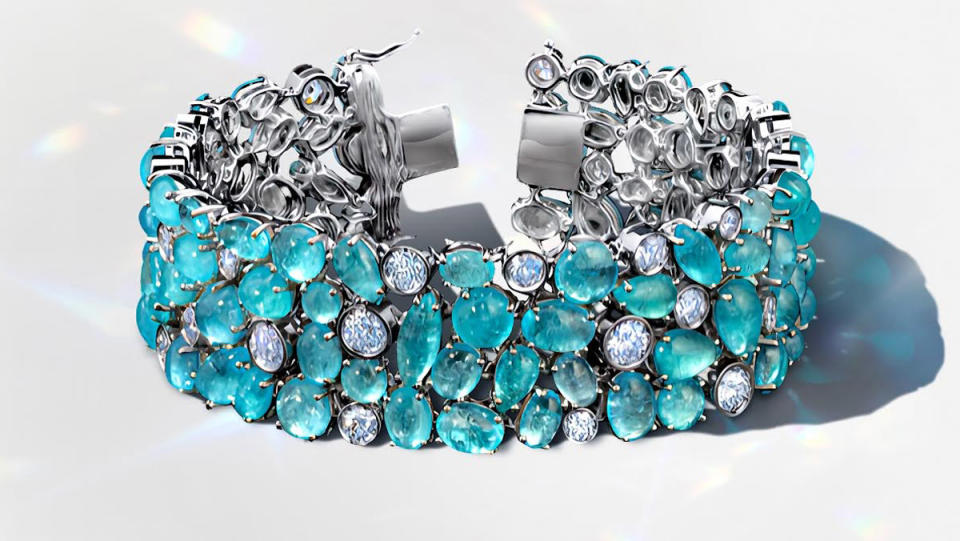
“The first time I saw Paraíba was in the late 1990s in Tucson,” Katz told Robb Report. “The dealer wanted about $9,000 a carat. I said, ‘Are you crazy? It’s tourmaline. It should be $900 a carat.’”
Katz bought the 7-carat stone anyway. “It was the most electric, neon, Windex, Bora Bora blue that I’d ever seen,” he said. “I don’t know what motivated me because I was so appalled at the price for the tourmaline, but I was mesmerized by it. I had to have it.”
As he walked away from the booth, a guy from the Smithsonian ran him down and handed him a business card. “He said he’d been waiting to see if anyone would buy that stone, and would I consider donating it?” Katz recalled. (He declined.)
“I was too in love with it,” he said.
A year or two later, Katz mounted the Paraiba in a ring and sold it for $250,000. “About three years later, the client decided it wasn’t a good color for her,” he recalled. “I bought it back for $500,000. And then I put it away. I probably waited another three years and I got $1.5 million for it—I’d sold it to a store at wholesale. They then sold it for about $3 million.”
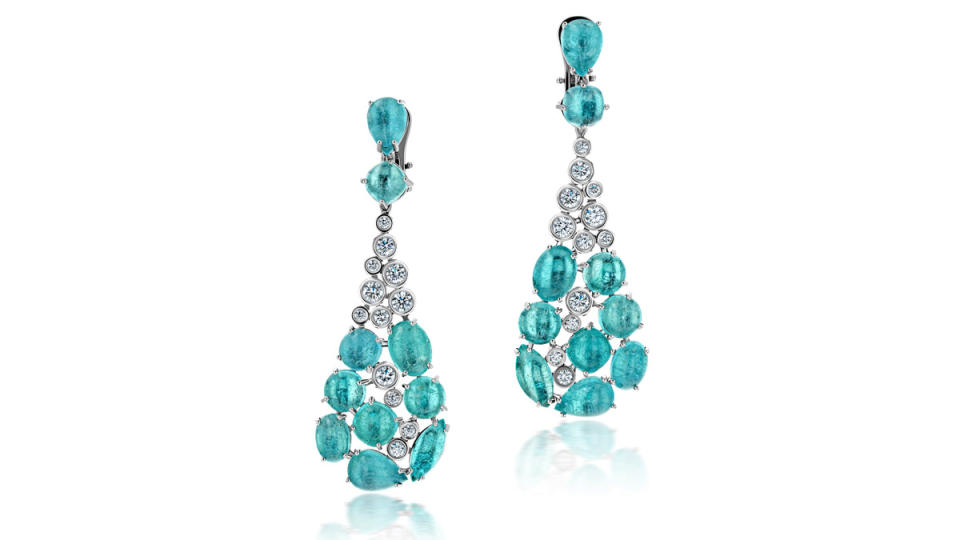
The story of Paraiba tourmaline—particularly the variety from Brazil, although lookalike tourmalines from Mozambique discovered in the early 2000s are also highly sought after—looms large in Tucson, where the competition for rare and precious stones fresh to market is as fierce as ever.
This year, no single gem was the talk of the town. But according to designers who walked the shows— including the Gem and Jewelry Exchange show (aka “the Tent”) across from the convention center, home to many high-end international dealers, and the Pueblo show, where vendors offer gemstone oddities (think quartz specimens carved into mushrooms) and rarities in equal measure—a few colors and gem varieties stood out.
“I was intentionally coming here looking for yellow,” said the jewelry designer Katherine Jetter, owner of The Vault in Nantucket and Boston, after she emerged from a morning shopping session in the Tent.
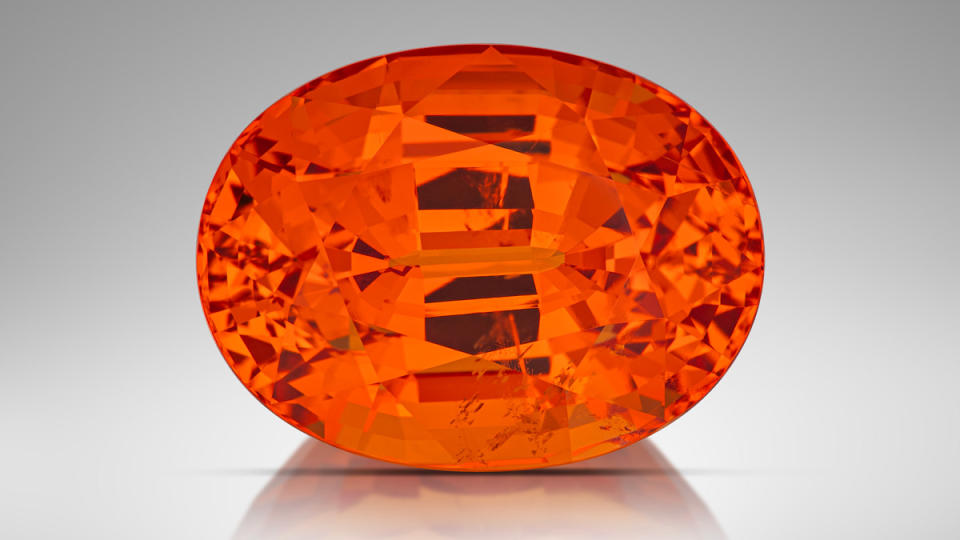
The “bright, happy colors” she was after came in the form of mandarin garnet, a vivid orange variety of garnet found in Namibia and Nigeria, and chrysoberyl, a lemony green gem often seen with a cat’s eye optical effect and fashioned into cabochons, and the rare color-change variety known as alexandrite.
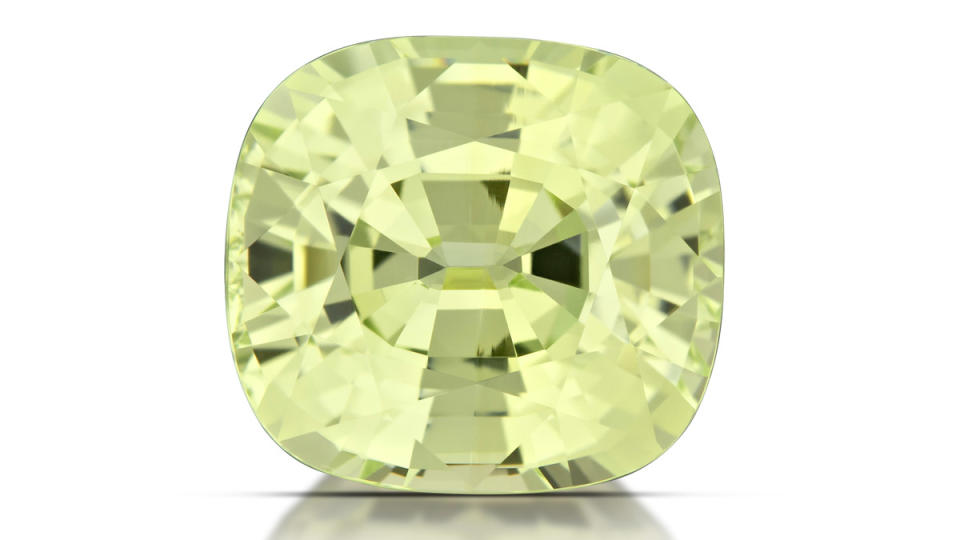
“For me, it’s all about yellow this year,” Jetter said.
She was not alone. A handful of designers spotted in Tucson—including the Miami private jeweler Vanessa Fernández, N.Y.C.-based Eva Fehren, and Darius Khonsary of Darius Jewels in L.A.—said they were equally charmed by chrysoberyl, suggesting that a tide of crisp and sunny jewels may cascade into stores later this year, just in time for the holidays.
Right alongside them expect to find a palette of ocean blues including lagoon-colored tourmalines and cobalt blue spinels from both Tanzania and Vietnam, as well as reddish pink spinels, mostly from the Mahenge region of Tanzania.
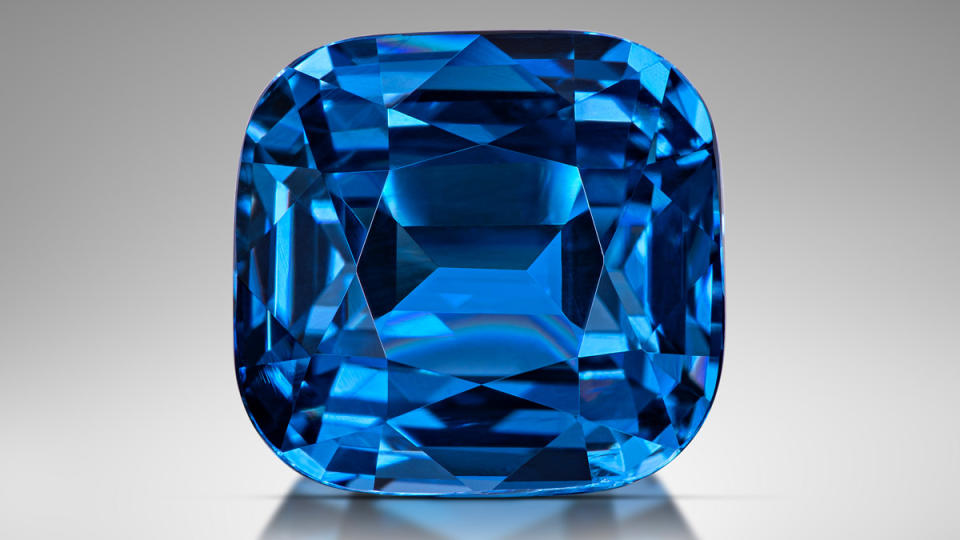
While ground-floor buying opportunities for all of these gems are no longer available, seasoned buyers such as Katz are always prepared to jump on a new find when and if it becomes available.
“Much like real estate, when you get in early there’s a lot of room for things to double and quadruple when they’re that rare,” he said. “I used to buy vivid blue diamonds for $300,000 a carat. Those stones are all $2 million a carat now.”
Best of Robb Report
Sign up for Robb Report's Newsletter. For the latest news, follow us on Facebook, Twitter, and Instagram.

